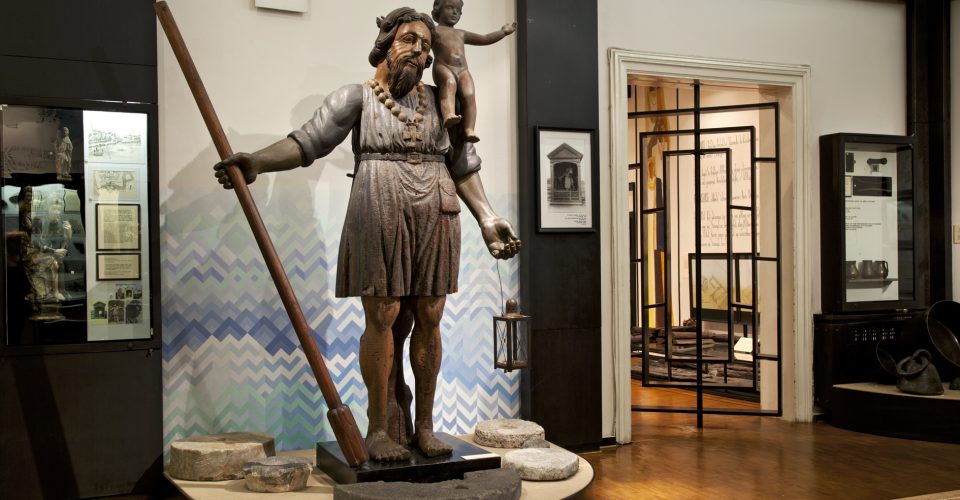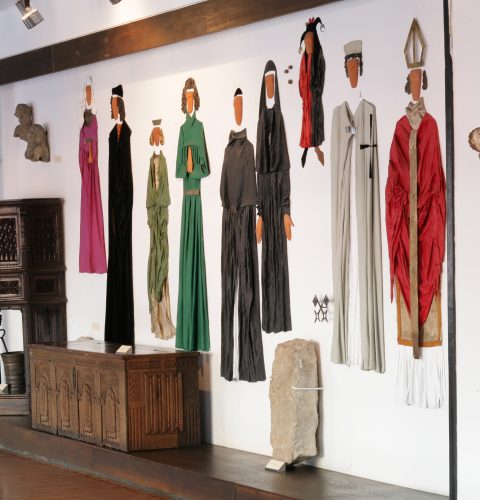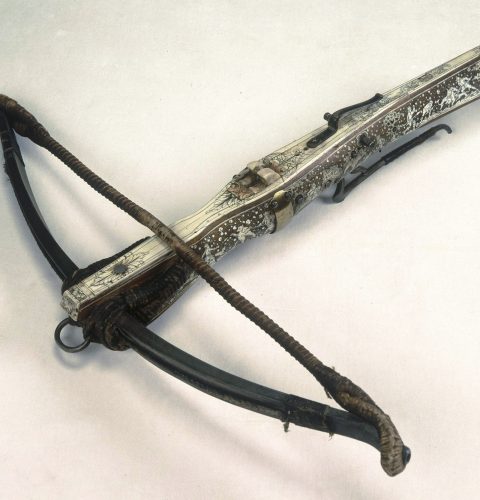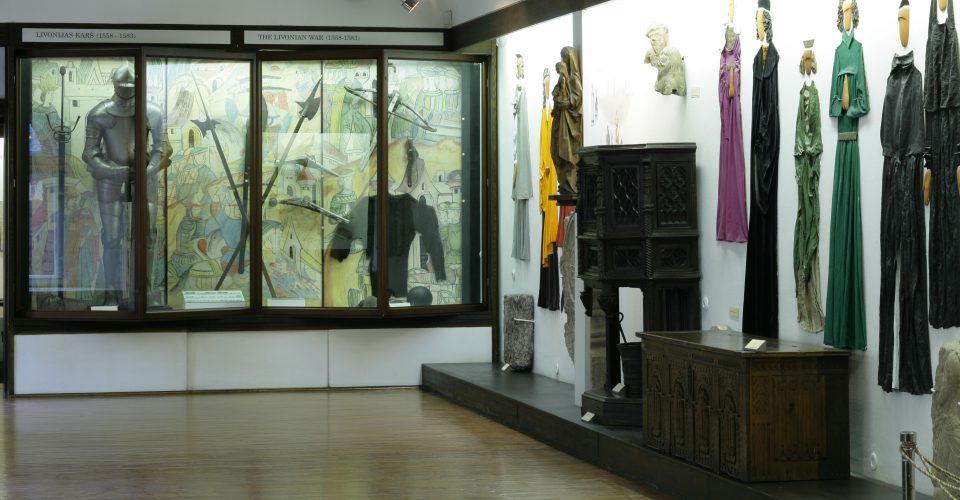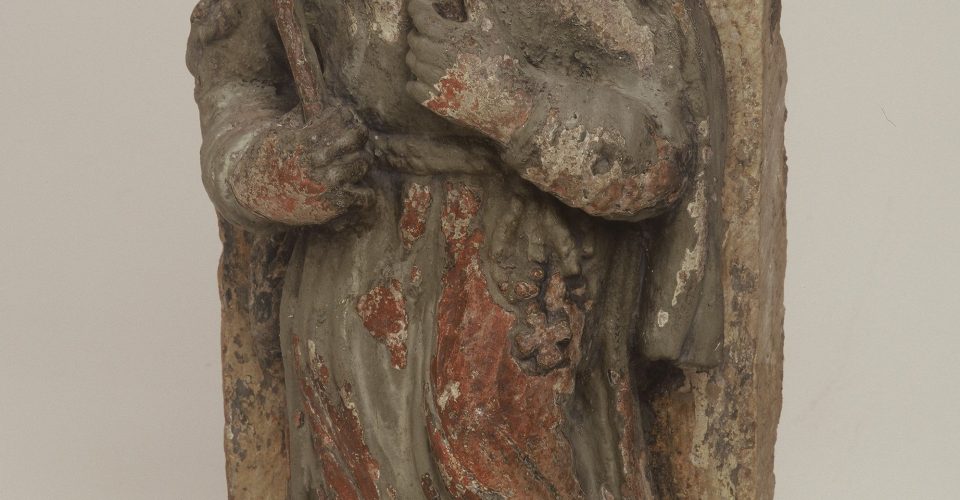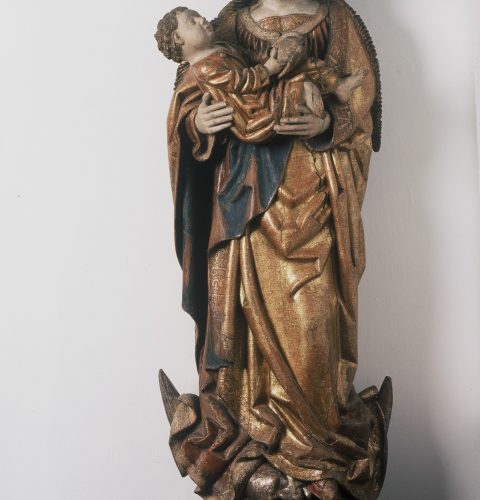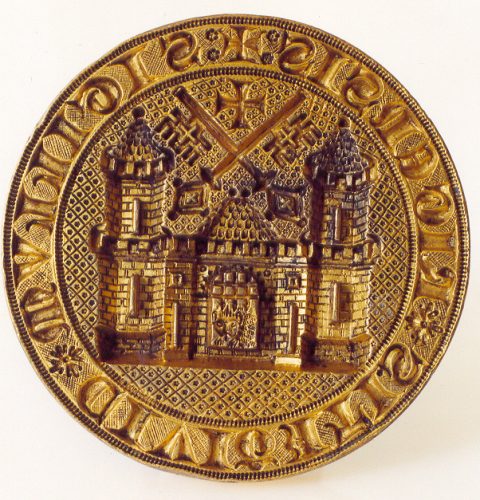Riga History: Riga as part of Livonia (13th–16th cent.)
The year of 1201, when Riga became Bishop Albert’s residence, is considered to be Riga’s foundation year. The work of the city administration, city council, was under the influence of its relations with the overlords: Bishops of Riga (since 1255, archbishops) and the Livonian Order. In the late 13th century Riga had grown into an important centre of trade transit and the largest Hansa town in Eastern Baltics. As trade and crafts developed, organisations of traders and craftsmen sprang up: guilds and the Black-Heads Association. The interaction of local peoples (ancient Latvians, Livs), and western and eastern cultures produced a peculiar cultural environment with the dominating traditions of the German Hansa region.
As a result of the Livonian war (1558–1583), Riga freed itself from its overlords and for the next 20 years was a free city.
The exhibition offers view of original 13th – 16th cent. objects, part of which come from the excavations in Old Riga, others come from the rich collections of the Riga Town Council, guilds and the Black-Heads Association. One of the remarkable exhibits is the 2.4-m tall wooden sculpture of St Christopher, or Big Kristaps, which had been much admired and revered by townsfolk and visitors alike.





